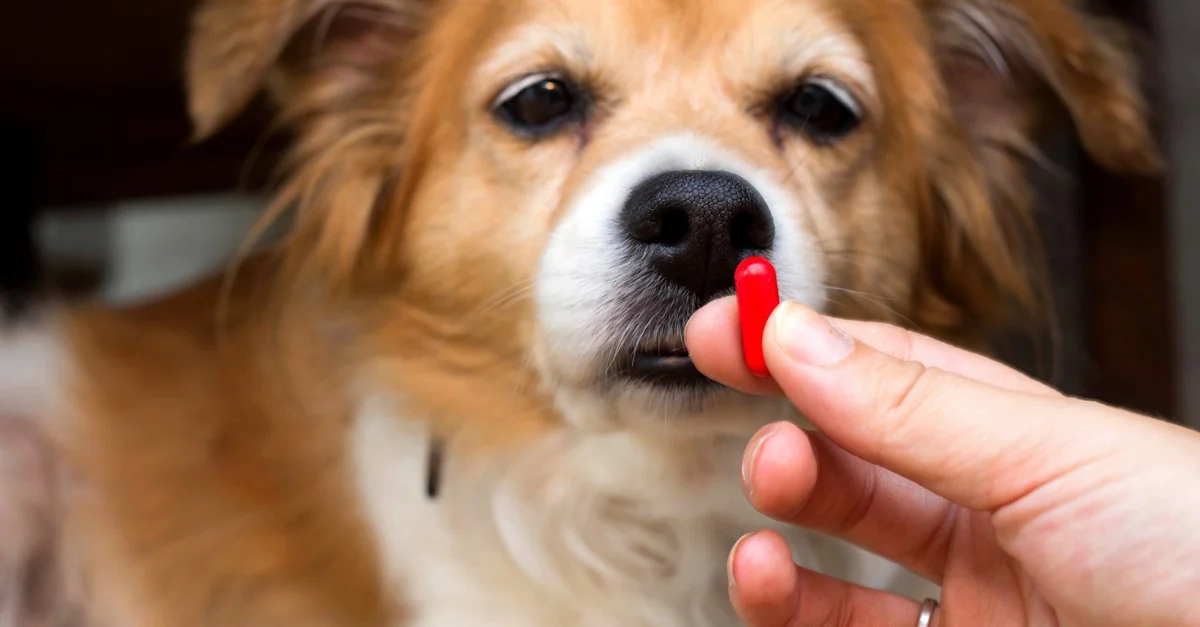Saying things have “gone to the dogs” implies a worsened situation. However, a recent study by the Journal of the American Medical Association (JAMA) shows that dogs have a leg up and humans get the short end of the stick, paying more for commonly prescribed drugs used to treat both people and pets.
JAMA’s cross-sectional study compared 120 of the 200 most-prescribed generic human medications with unique active ingredients to the corresponding pet formulations to derive the human-to-pet price ratio. The average retail price (ARP) for humans was determined using GoodRx, with discounted prices obtained from Costco pharmacy. Pet prices were determined using online pet pharmacies such as Chewy.
The human ARP was a staggering 93.3% higher than the pet price; discounted prices were 64.2% higher. Researchers “found that prices of most medications were higher for humans than for pets. Even discounted prices for humans, a best-case scenario of out-of-pocket costs for patients without prescription drug coverage, were higher than pet prices for two-thirds of medications.”
Some results were even more significant. Check out the full study for citations relative to these results as well as several informative infographics.
- Phytonadione
Oral vitamin K1
Human | 5mg tablet | $70.51
Veterinary | 50mg tablet | $0.61.4 (61.4¢) - Levamisole
Introduced in the 1960s as a veterinary anti-parasitic medication. When determined to be efficacious in treating human colon cancer, the human brand-name version (Janssen’s Ergamisol) was introduced.
Human | 50mg tablet | $5
Veterinary | 50mg tablet | $0.05 (5¢)
The researchers acknowledge that medication prices are dynamic and that there are “opaque rebates underlying discounted prices.” As a result, human prices are often not proportional to drug strength or fill quantity.
We concur with JAMA’s conclusion that “cash prices for generic medications should be transparent and accessible to people, for their own use and for their pets.” Paws up if you agree!




